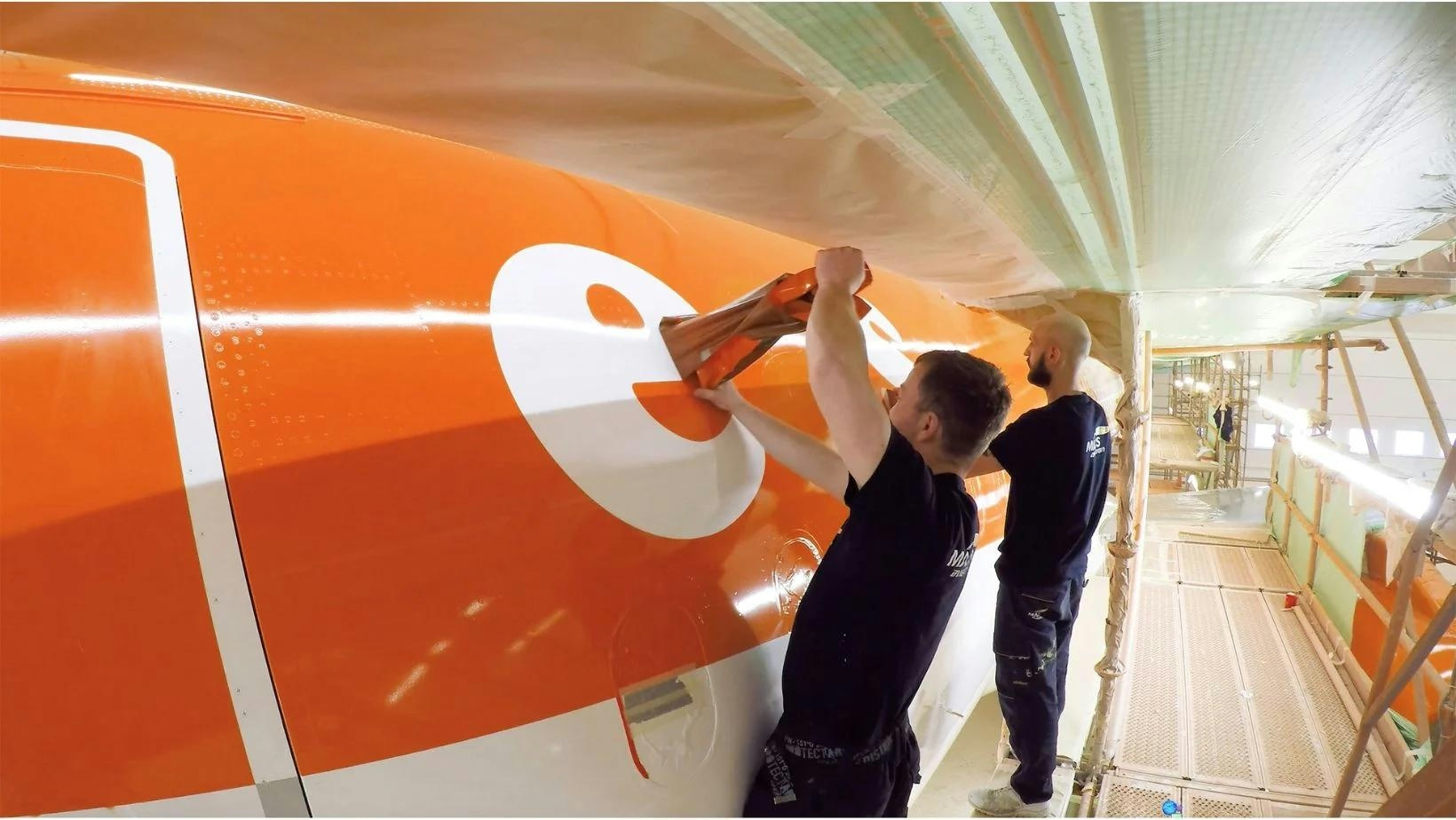
AeroGenie — ваш интеллектуальный второй пилот.
В тренде
Categories
Asia-Pacific Regulators Introduce First Guidelines for Air Taxi and Drone Operations
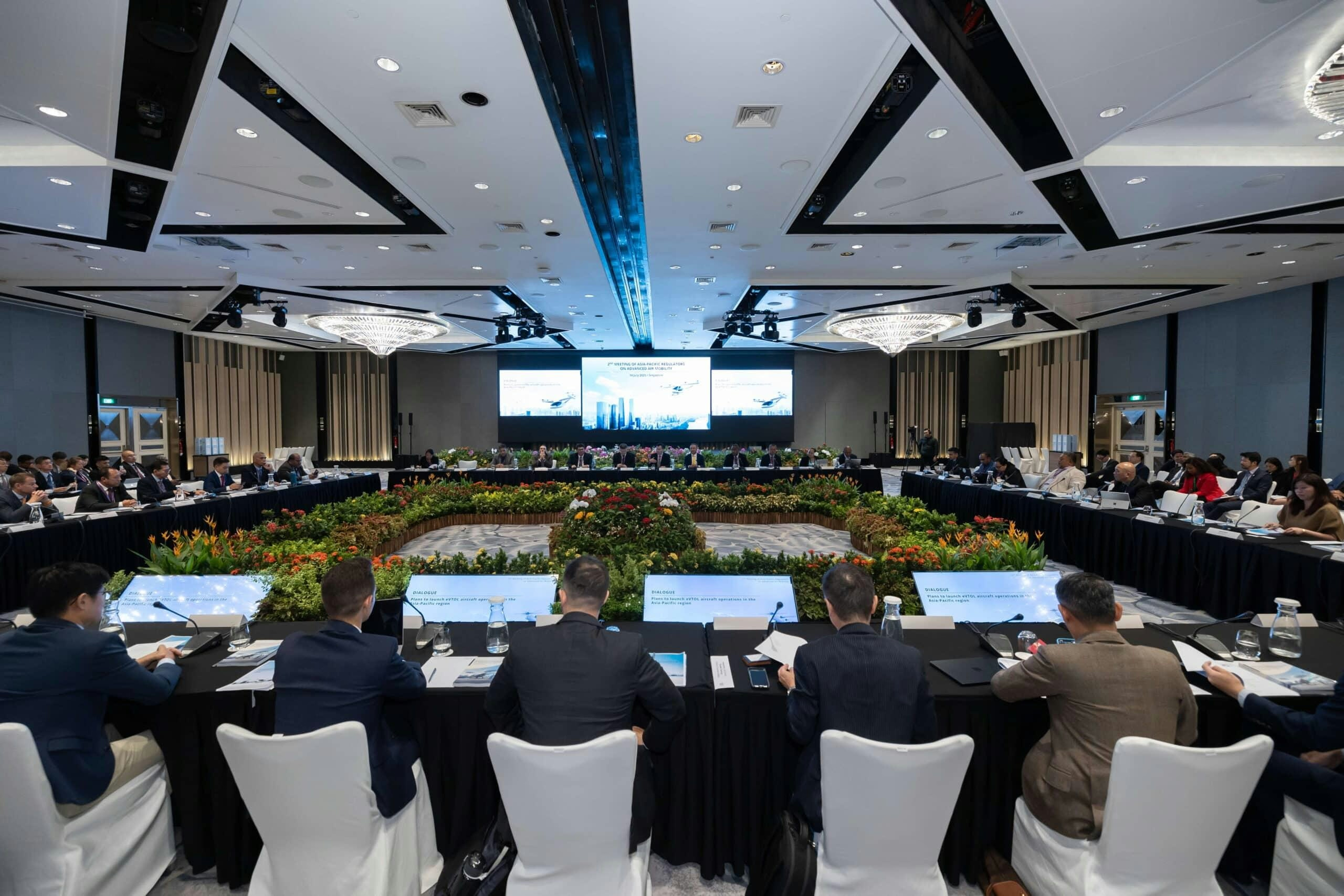
Asia-Pacific Regulators Introduce First Regional Guidelines for Air Taxi and Drone Operations
SINGAPORE – In a landmark development for advanced air mobility, regulators across the Asia-Pacific region have jointly established the first comprehensive safety standards for air taxi and drone operations. Announced on July 14, the guidelines were collaboratively developed by the Civil Aviation Authority of Singapore (CAAS) alongside 23 other regional aviation authorities. This initiative sets a foundational framework for certifying air taxis, training personnel, and ensuring operational safety, marking a critical step toward the commercialisation of these emerging technologies.
Harmonising Safety Standards to Accelerate Adoption
Air taxis, defined as small vertical take-off and landing (VTOL) aircraft designed for short-distance passenger transport, are increasingly viewed as a promising solution to urban mobility challenges. Despite their potential, the sector has encountered significant obstacles, including regulatory compliance, safety concerns, and the integration of new technologies within existing airspace systems. The recent indefinite suspension of German firm Volocopter’s Singapore air taxi project due to funding issues underscores the volatility and early-stage nature of the industry.
The newly introduced guidelines aim to harmonise safety standards across multiple jurisdictions in the Asia-Pacific, thereby reducing regulatory risks and operational costs for companies. This regional alignment is expected to expedite the safe deployment of air taxis and drones. The announcement coincided with the second meeting of Asia-Pacific regulators on advanced air mobility, which convened senior representatives from 21 air taxi and drone companies, including Eve Air Mobility, Skyports, and ST Engineering. Discussions focused on strategies to scale drone operations and launch air taxi services within the next five years.
CAAS highlighted that the guidelines were developed through extensive consultation, incorporating nearly 600 pieces of feedback from 48 respondents across public and private sectors. The agency intends to submit these standards to the International Civil Aviation Organisation (ICAO) as a potential model for global adoption.
Industry and Regulatory Perspectives
Industry leaders have expressed strong support for the harmonised regulatory framework. Mark Yong, chief executive and co-founder of unmanned aircraft developer Garuda Robotics, emphasised the practical benefits, stating that unified regulations would significantly reduce the time and effort companies spend navigating disparate rules. “It allows us to focus on innovation and deployment, rather than regulatory guesswork,” he remarked.
From a regulatory standpoint, Air Chief Marshal Manat Chavanaprayoon, director-general of the Civil Aviation Authority of Thailand, underscored the importance of public trust in the success of air taxi services. “To encourage people to use air taxis in the future, we need to make them confident and know that they are safe,” he said.
The Asia-Pacific’s proactive regulatory approach aligns with similar initiatives in other regions. The European Union Aviation Safety Agency (EASA) has recently introduced its own framework for electric VTOL (eVTOL) aircraft and drones. Meanwhile, companies such as Eve Air Mobility are expanding their operations into new markets like Costa Rica. These developments reflect a global industry trend in which regulators and market participants are accelerating efforts to ensure compliance and technological advancement, unlocking the economic potential of advanced air mobility.
As the sector continues to evolve, the Asia-Pacific guidelines are poised to foster investment, stimulate innovation, and provide a clear regulatory pathway for the safe integration of air taxis and drones into urban environments.

United Airlines Integrates AI into Mobile App
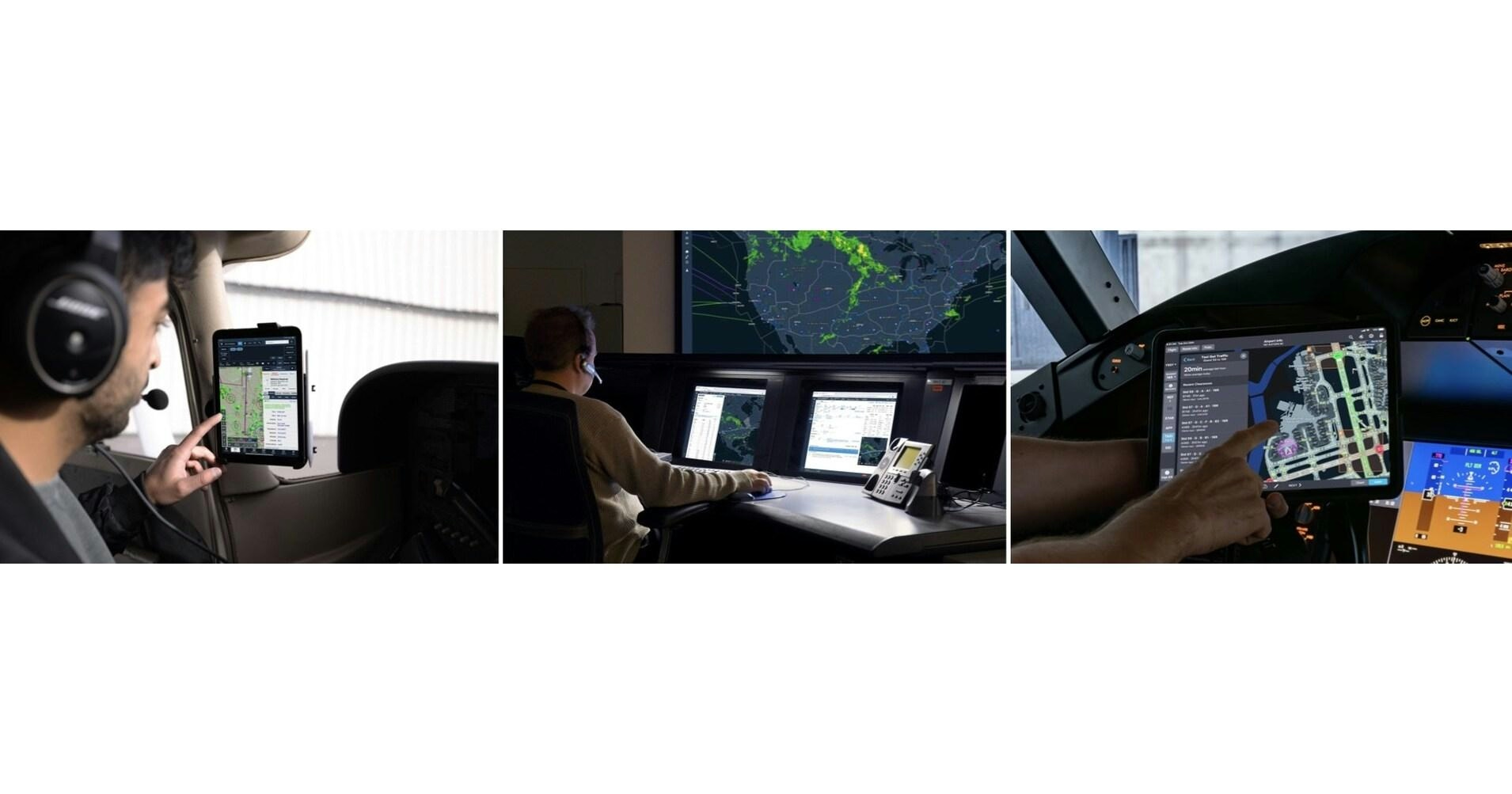
Jeppesen ForeFlight Names New Executives to Lead Aviation Initiatives
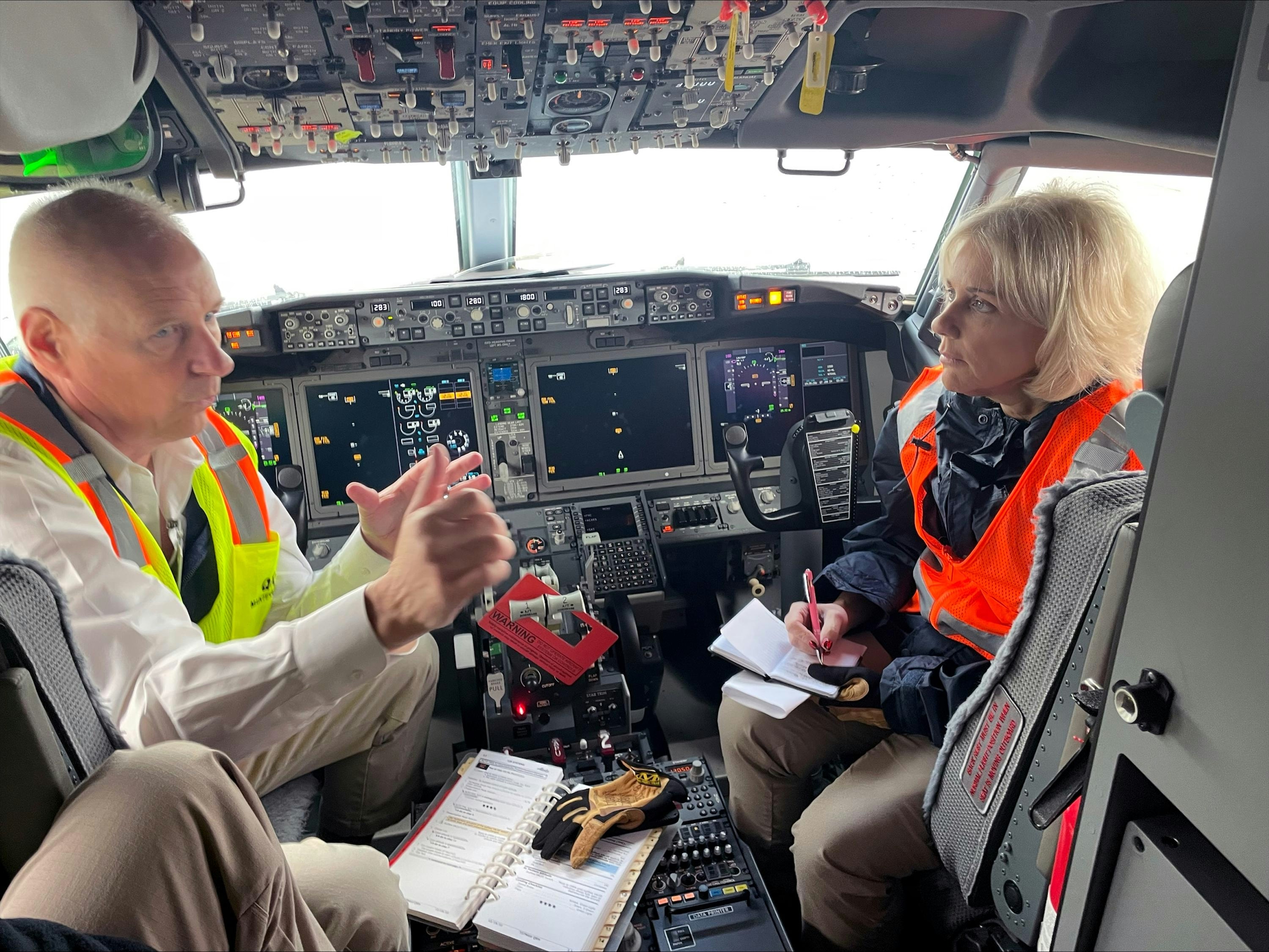
737 MAX Engine Shuts Down Mid-Flight After Cockpit Sun Visor Detaches
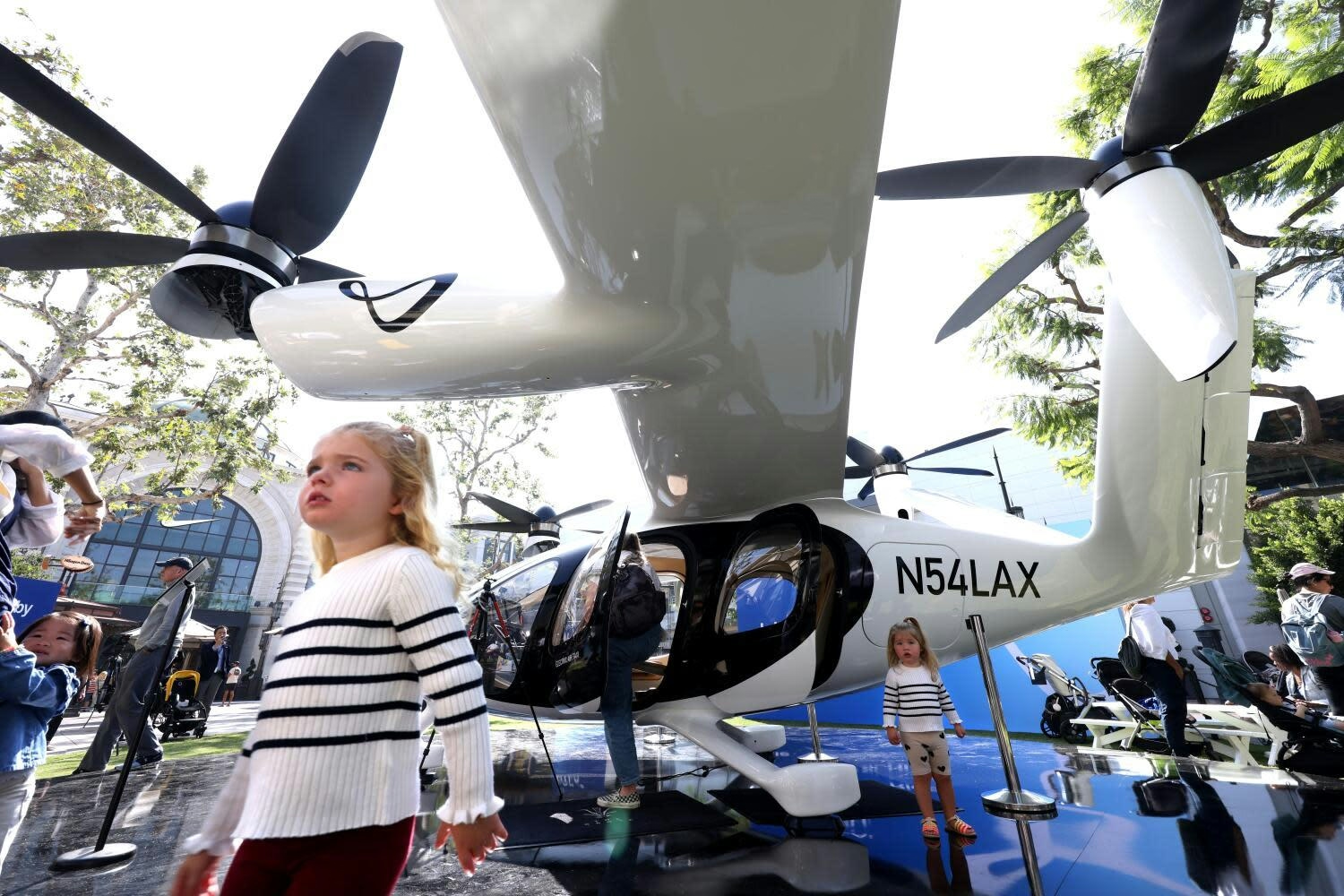
Air Taxis Are Not a Viable Solution to Broward’s Traffic Problems

The Vision Jet and the Future of Personal Aviation
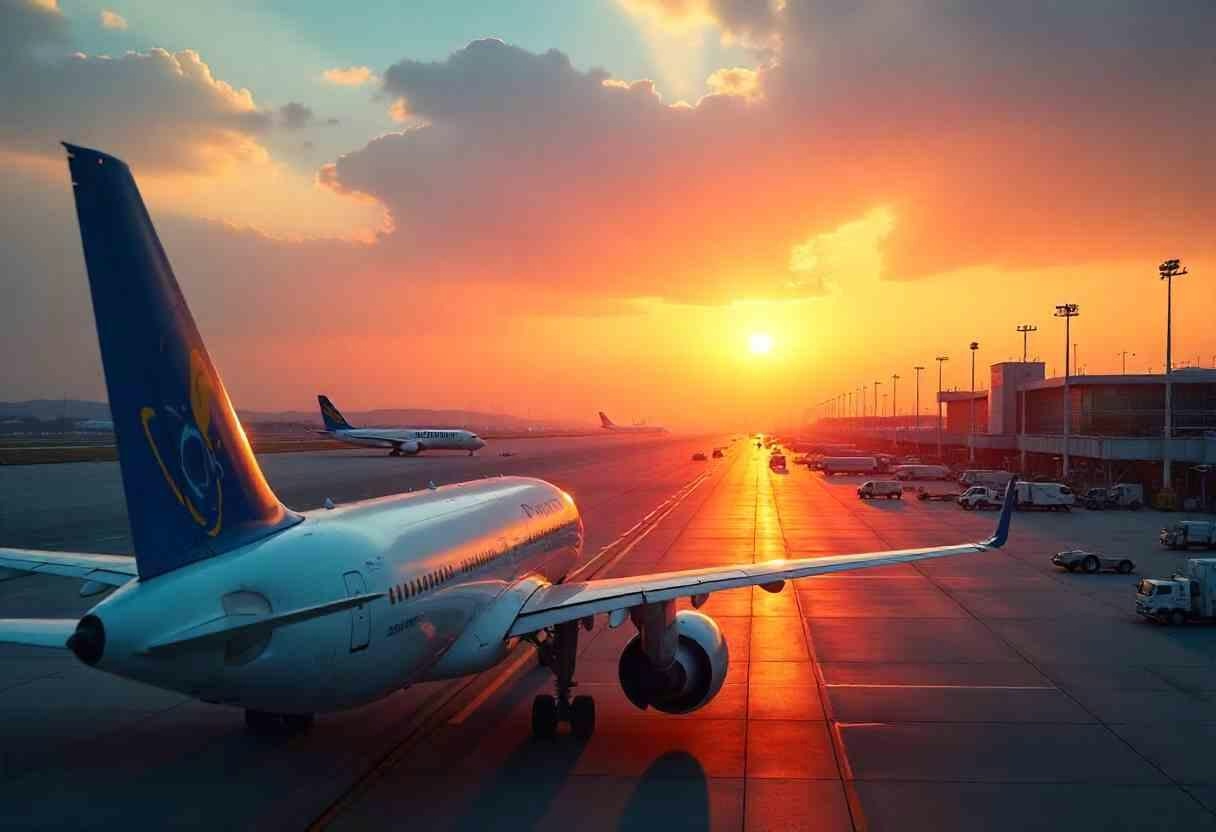
Aircraft Leasing Market Expected to Grow Amid Changing Tourism and Fleet Demands
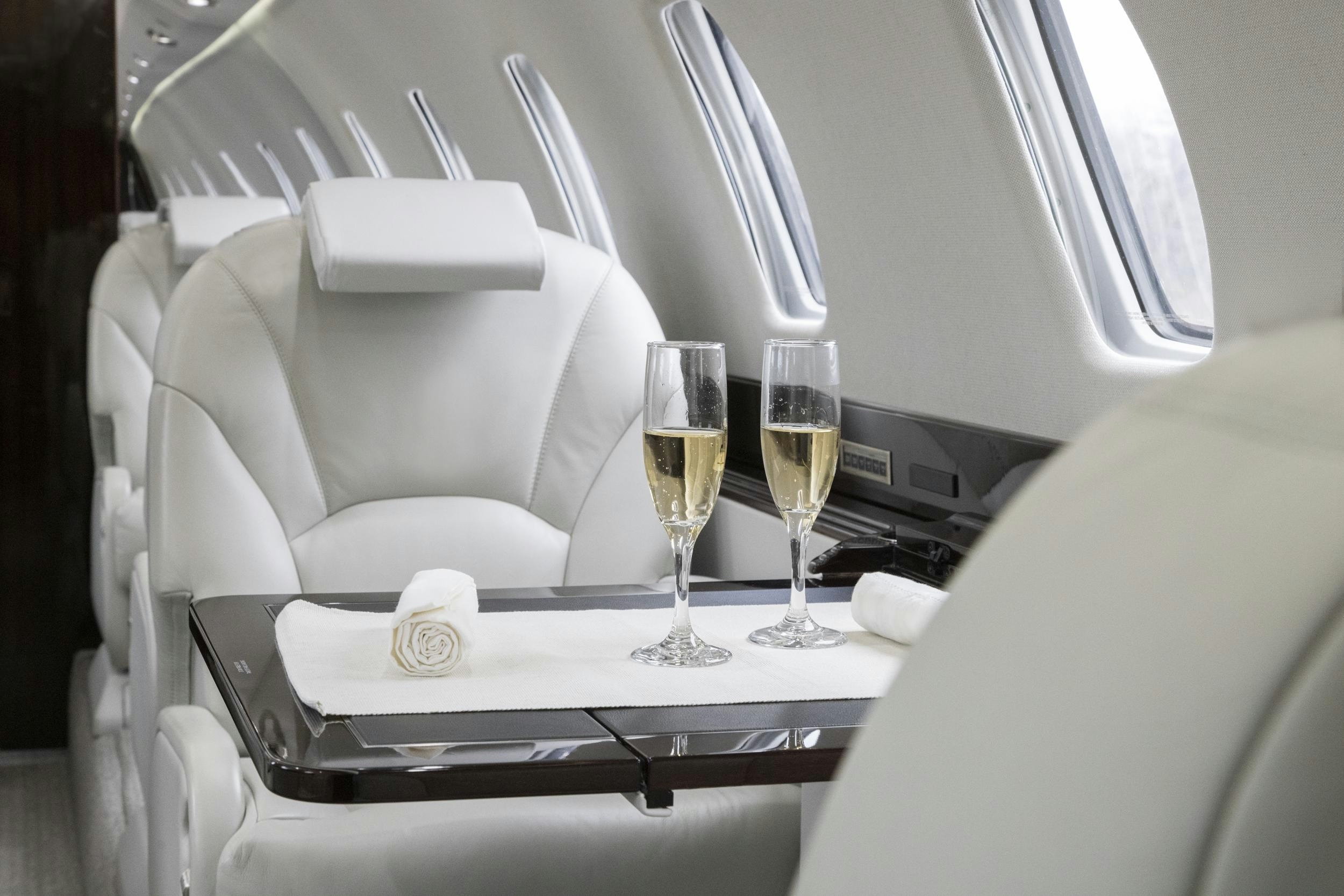
Sentient Jet Introduces Cryptocurrency Payments
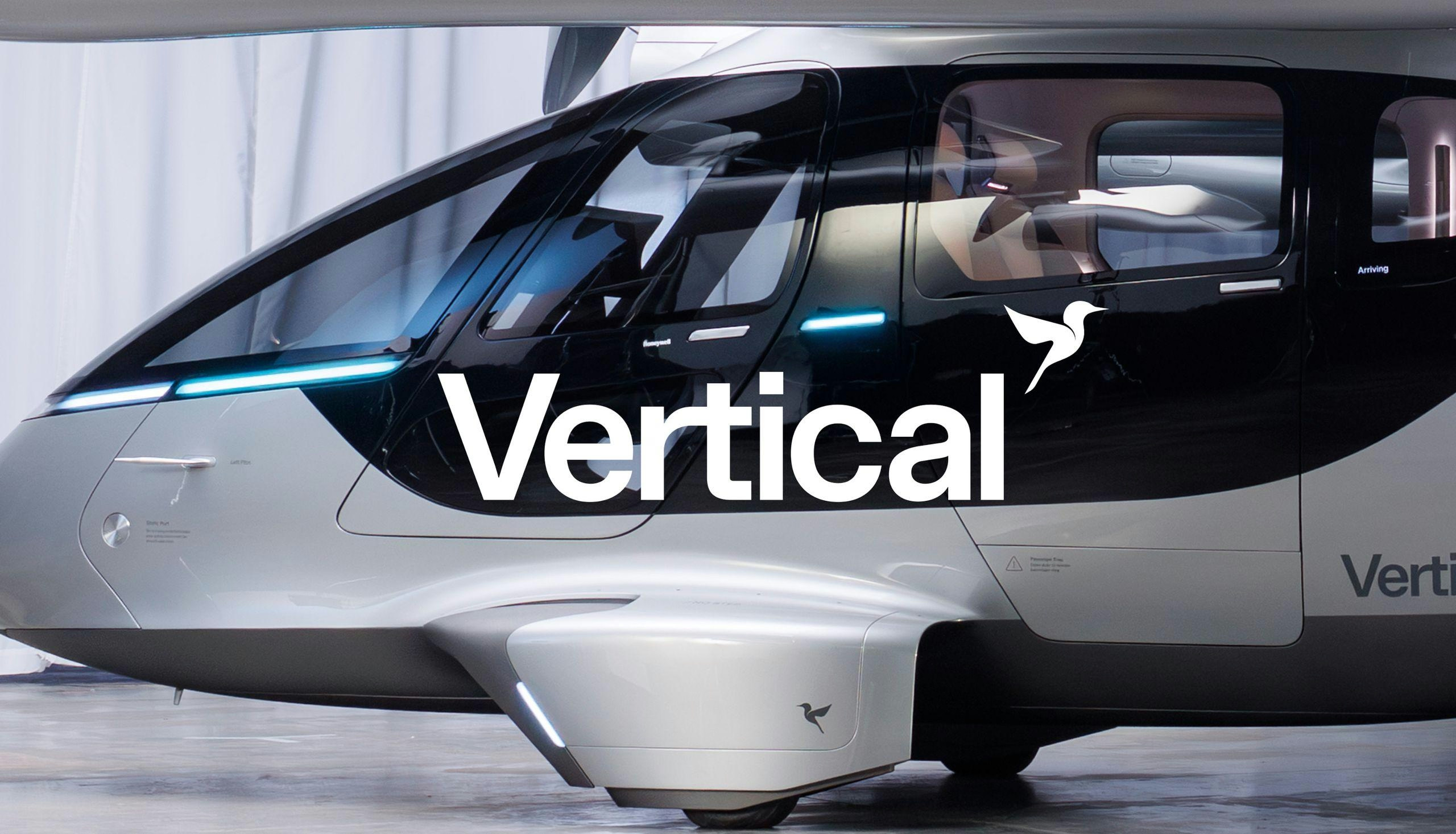
Pentagram Designs Identity for eVTOL Company Vertical Aerospace
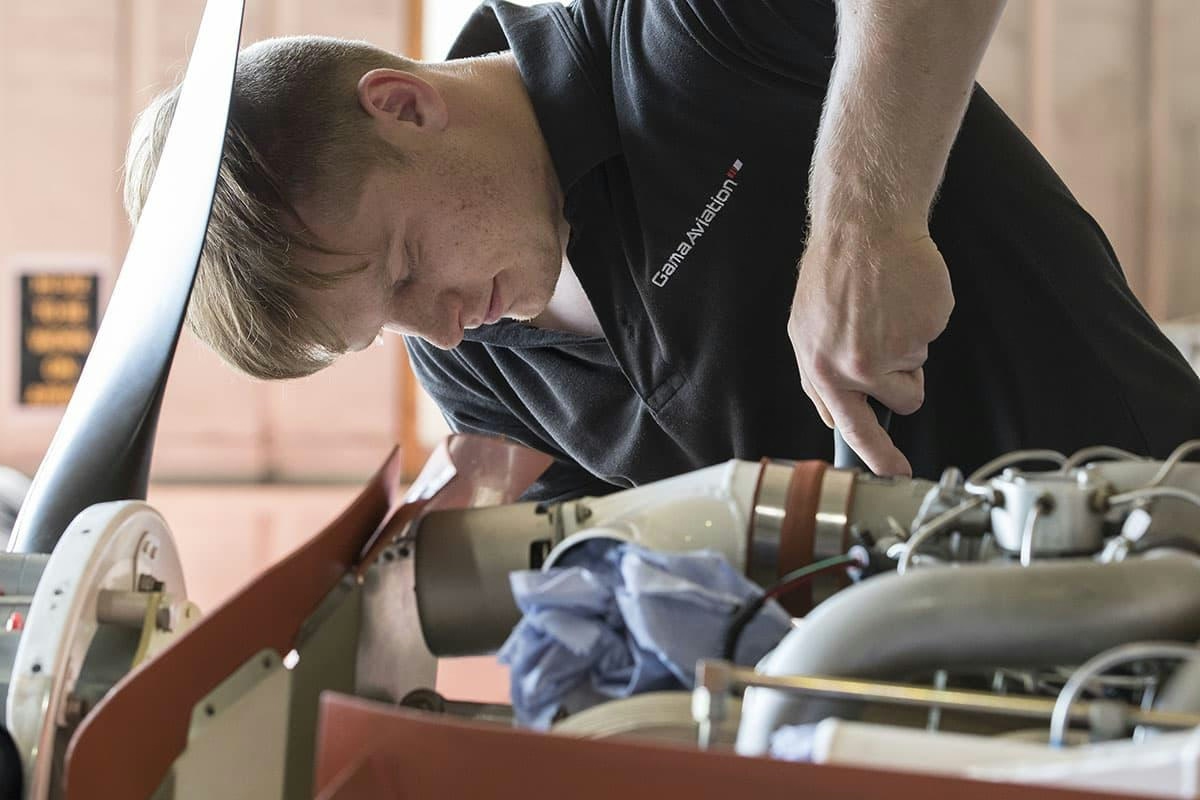
Gama Aviation Expands Services with New Paintshop at Staverton
